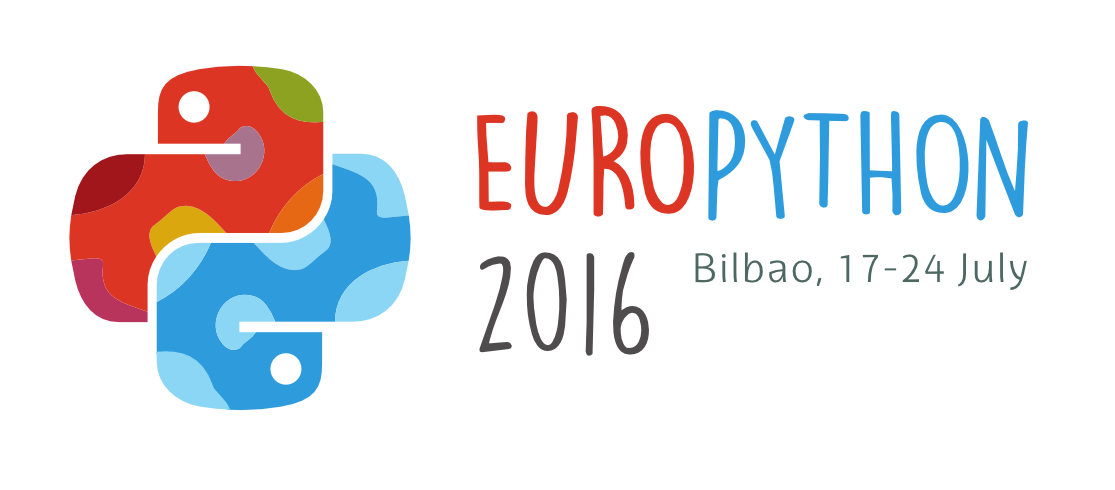MiniBrew: Brewing beer with Python
The number one alcoholic drink in the world is undoubtedly beer. With the rise of craft beers, also homebrewing has become very popular in recent years, although it is still a complex and expensive hobby. Dutch startup MiniBrew intends to change that with their revolutionary beer brewing machine, which is controlled by a mobile app and communicates with a Python API backend.
In this talk Chesco will share his ideas and experiences in utilizing Python in the backend architecture for the MiniBrew project he and his team are working on at MiniBrew’s development partner Elements Interactive.
As many IoT projects, the ingredients for MiniBrew are a device with a limited chipset and internet connection, a backend to store the data acting as the mastermind and a mobile app to allow end users to control the brewing process.
The fact that we want users to know in real-time how their beer brewing process is doing presented some challenges which required us to come up with a competitive architecture that would both give real-time status updates and not saturate the server with continuous calls.
Chesco discusses best practices and pitfalls in designing and developing IoT architecture by diving into the RabbitMQ message broker, the MQTT protocol and protocol buffers. He will focus on the REST API and CMS site written in Python, elaborating on high frequency data in the apps, scalability, full-session logging and overcoming common architectural challenges.
